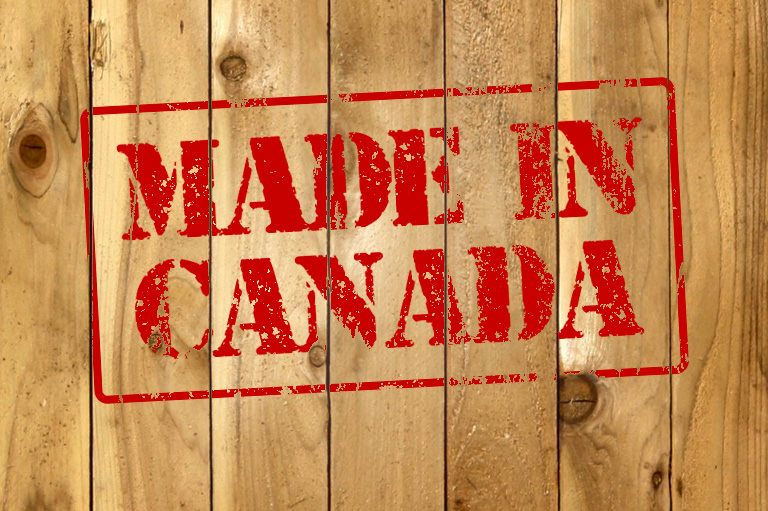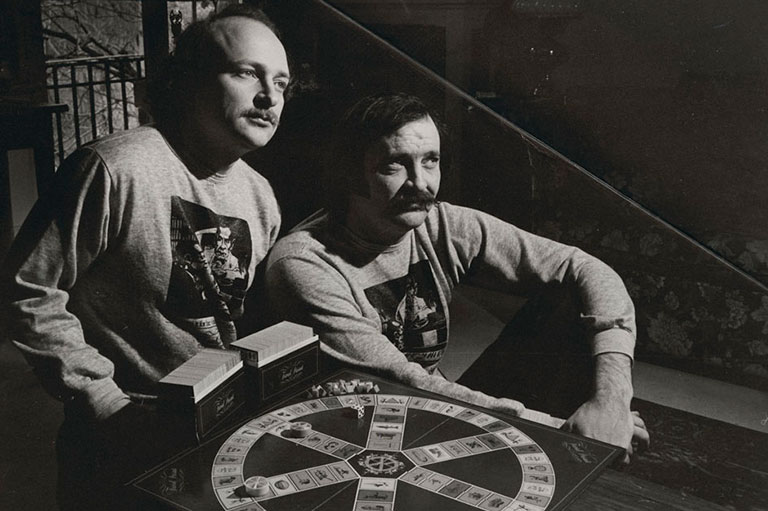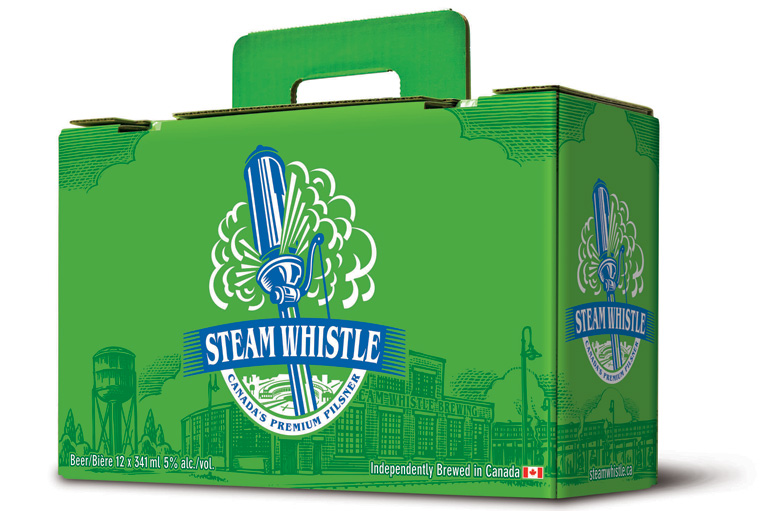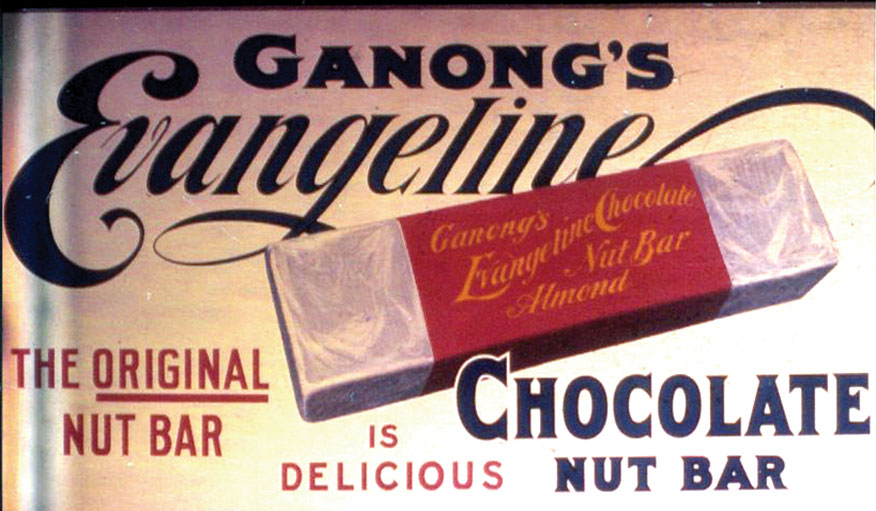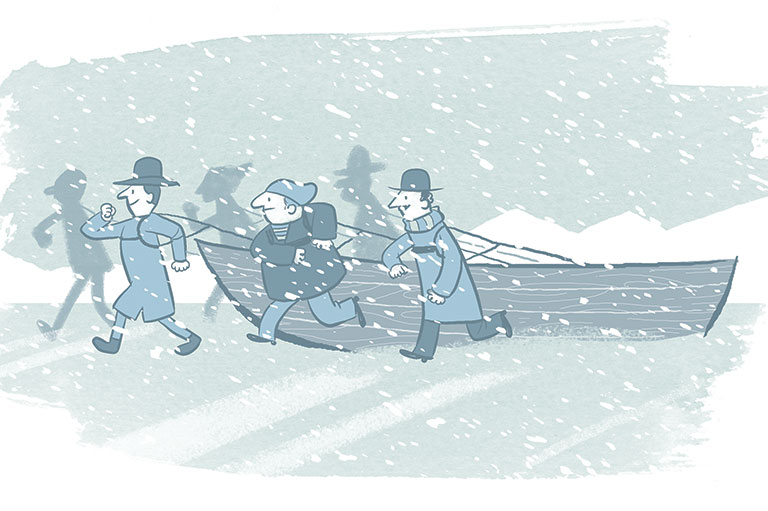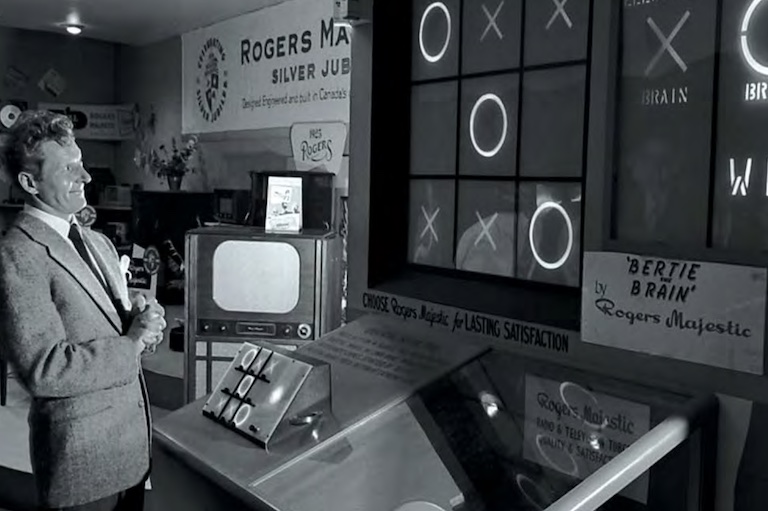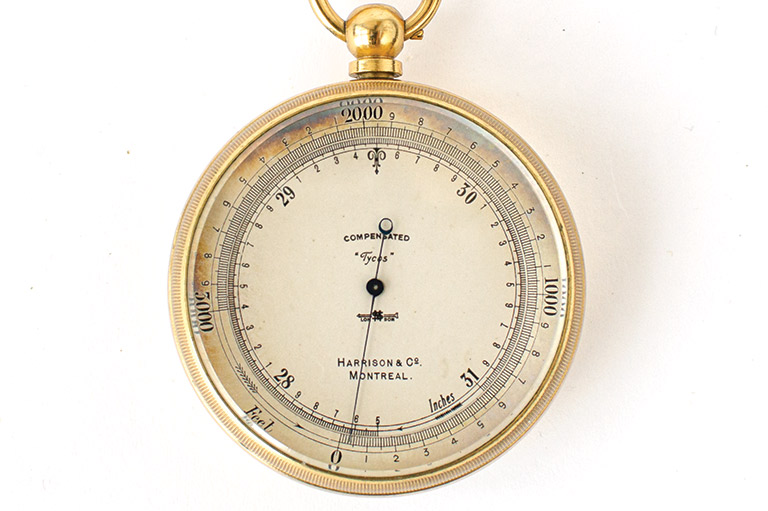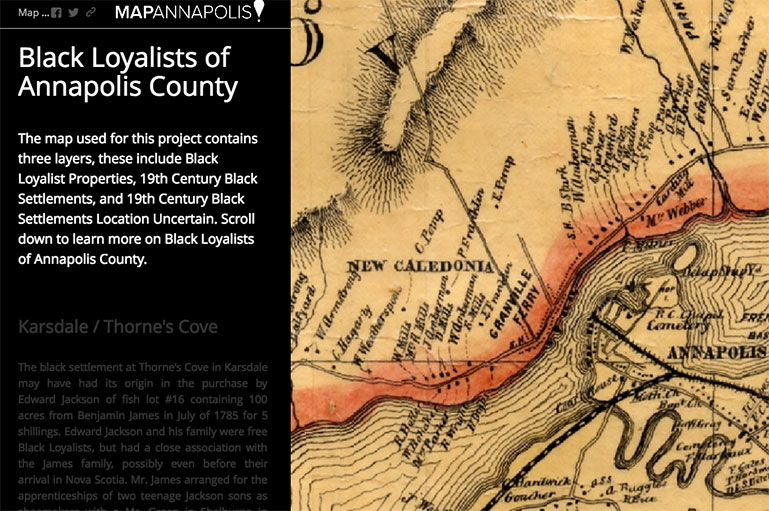11 Inventions to Celebrate
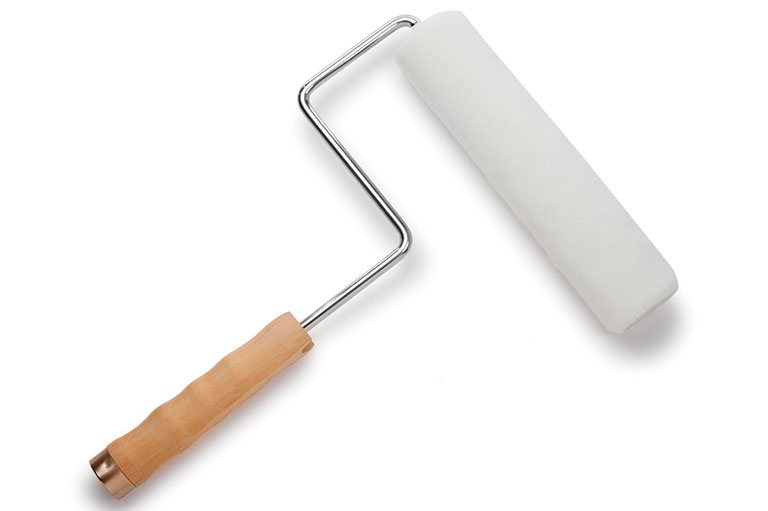
Paint Roller
Think about how long it would take to paint an entire building with just a brush. Until 1940, that’s how it was done. Then Norman Breakey of Toronto, Ontario, created a simple roller that made painting faster than ever before. He slid a cylinder of absorbent material onto a handle, dipped the cylinder in paint, and smoothed colour onto walls in record time.
Breakey could never produce enough rollers to make much money, and he didn’t have the cash to patent his invention. Other people took his idea, made a few changes, and patented the paint roller as their own. The roller was an almost instant success, not only because it was easy and efficient, but because the Second World War caused a shortage of paintbrushes in North America. Soon, painters across Canada and the United States were using paint rollers, but Breakey died without ever receiving a penny for his idea.
Advertisement
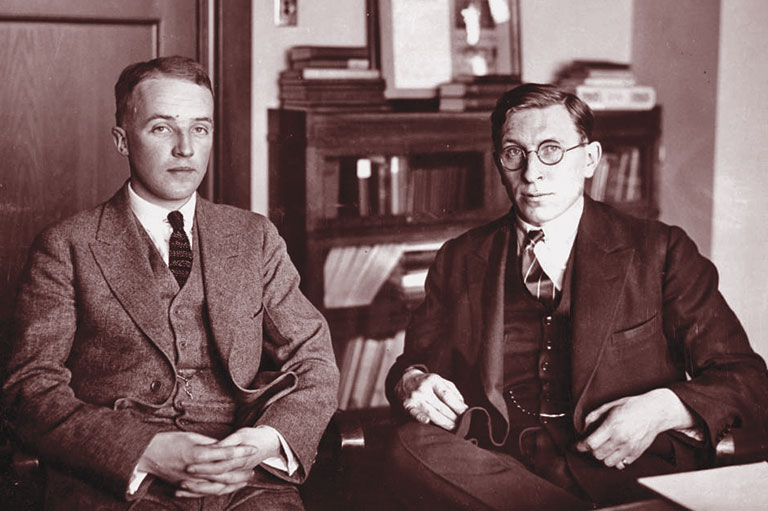
Insulin
Have you said thank you to your pancreas lately? The pancreas is an organ behind your stomach. It makes insulin to help you use and store the sugar from your food.
Diabetes is a disease that is caused by problems with insulin. For thousands of years, there was no successful treatment for this disease — people with diabetes eventually fell into a coma and died.
In 1921, Dr. Frederick Banting of Alliston, Ontario, and Charles Best from West Pembroke, Maine, began working together at the University of Toronto to find out how to use insulin to treat diabetes. Dr. Banting’s idea was to extract insulin from the pancreas and inject it into patients. Another scientist, Dr. James Bertram Collip, perfected the extract, and Banting and Best tried it out on diabetic dogs.
When the dogs’ blood sugar levels dropped, Banting and Best knew their experiment was a success. They tried the insulin on humans with diabetes, and the results were dramatic! Soon, patients from near and far were travelling to Toronto to try out this “miracle” treatment. Today, insulin has helped millions around the world.
Advertisement
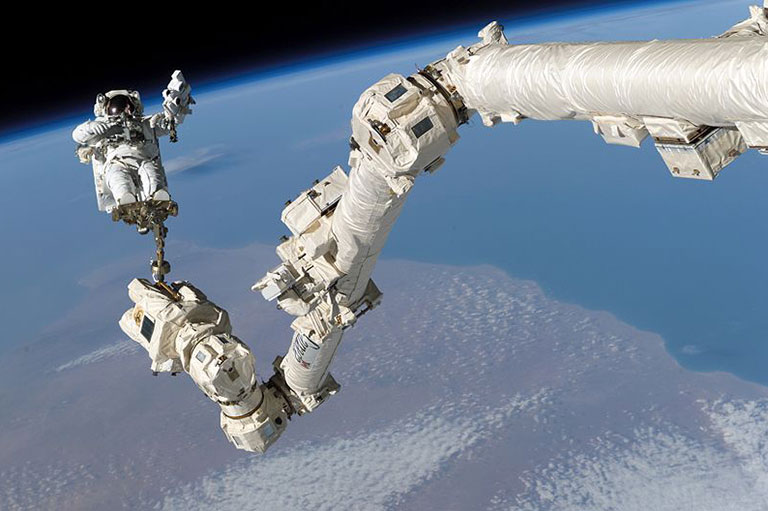
Canadarm
Imagine flying around the earth in a space shuttle. Outside your porthole floats something shiny and strange. You’d love to grab it for a better look, but without gravity, everything you reach for spins away the second you touch it!
This problem frustrated astronauts at NASA until 1981. That was the year that a group of Canadian engineers in Brampton, Ontario, finished building an out-of-this-world invention: the Canadarm. This 15-metre robotic “arm” reaches out from a space shuttle to launch or retrieve objects in outer space. Astronauts operate the arm remotely, using special controllers.
The Canadarm has been instrumental in space research and development. In more than 50 missions, it has been used for all sorts of projects, from retrieving satellites, to fixing the Hubble Telescope, to building the International Space Station.
Advertisement
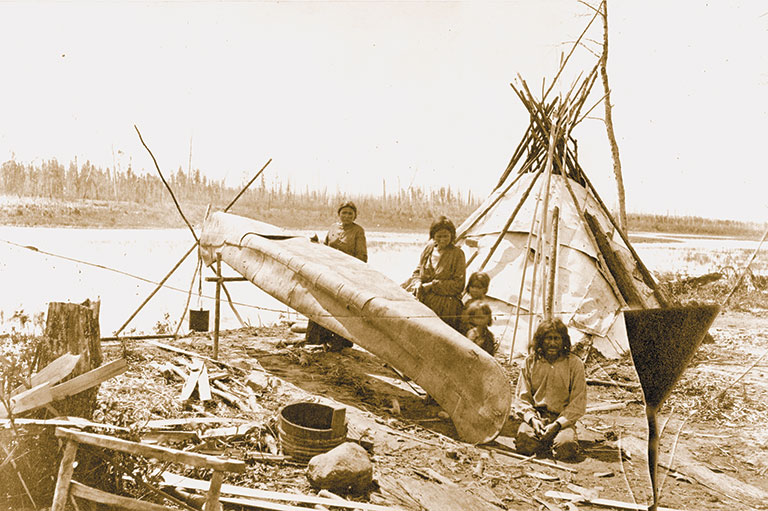
Birchbark Canoe
Long ago, before roads crisscrossed the country, the most efficient way to travel in Canada was by water. Eastern First Nations developed lightweight birchbark canoes so that they could navigate rivers and lakes with ease.
To make these all-natural boats, builders stretched outer coverings of supple birchbark over frames of cedar. They sewed everything into place with tree roots, and sealed up the seams with spruce gum (to prevent leaks).
Birchbark canoes were perfect for paddling along swift rapids or in shallow places, and they were relatively easy to carry. European explorers and fur traders used these canoes to travel all across what would one day be Canada. If it weren’t for this invention, they might never have made it past Ontario.
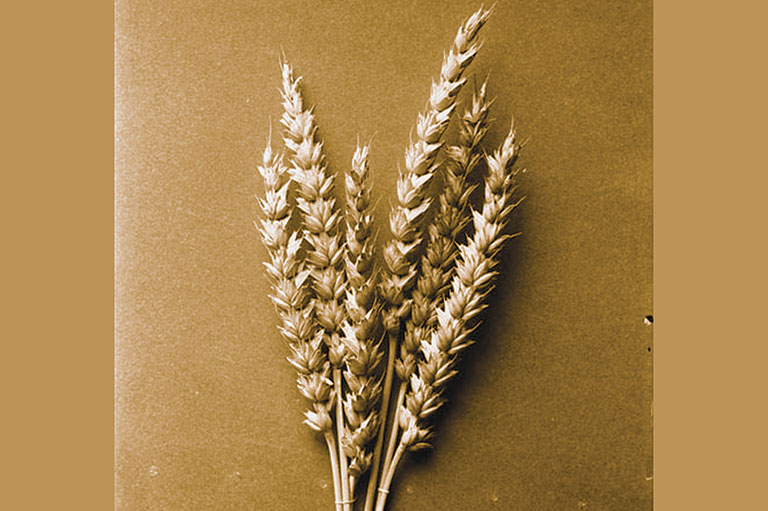
Marquis Wheat
Is your bread well-bred? You bet!
The Canadian West can be a tough place to grow wheat — thanks to harsh weather and a short growing season. Until the early 1900s, early frost often destroyed entire crops. Charles Saunders of London, Ontario, wanted to solve this problem. He spent years breeding a wheat variety that could be planted in the spring, harvested before the first frost, and then turned into wonderful bread.
Saunders was aware that the best bread comes from wheat with lots of protein in it, and that high-protein wheat kernels could be chewed up into an elasticky gum. So, he tested all his kernels with the “chew test.” When he spat out the gum of the Marquis wheat kernels, he knew he had a winner: wheat that was perfect for avoiding the early frost, and perfect for baking.
Today almost all the wheat in Western Canada owes some of its genes to the first 12 kernels bred by Charles Saunders.
With 7 uniquely curated newsletters to choose from, we have something for everyone.
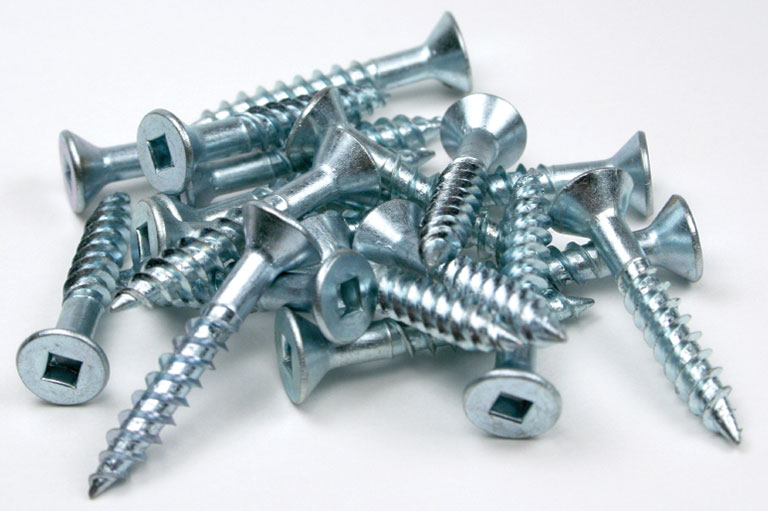
Robertson Screw
Metal screws, used for fastening two objects together, have been around for hundreds of years. But some types of screws are better than others!
In 1908, a tool salesman named Peter l. Robertson, from Milford, Ontario, cut his hand while trying to use a typical slotheaded screw and screwdriver. The injury led him to invent a new type of screw — one with a square-shaped head.
The style was a huge improvement. The square-shaped socket on the screw’s head made it much harder for a screwdriver to slip when in use. And this, in turn, made fastening things much easier and faster. People in the construction industry were thrilled with this new “Robertson screw.” (Robertson also invented the Robertson screwdriver, to use with the screw, of course!)
Save as much as 40% off the cover price! 4 issues per year as low as $29.95. Available in print and digital. Tariff-exempt!
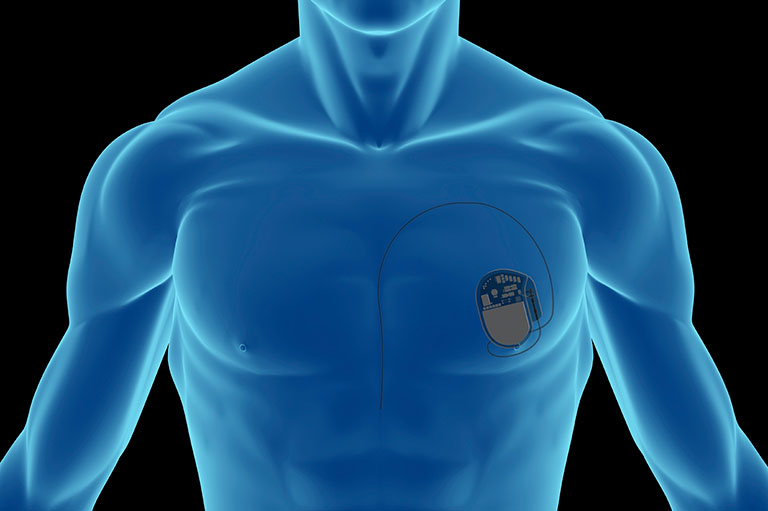
Pacemaker
Ever wonder how doctors operate on a beating heart? One trick is to slow the heart down. In the 1940s, Canadian doctors did this with extreme cold, but they weren’t sure what to do if the heart stopped altogether!
Electrical engineer John Hopps from Winnipeg, Manitoba, began experimenting with radio frequency as a body-warmer, and that’s when he discovered that a stopped heart could be started again mechanically or electrically. He developed the world’s first pacemaker in 1950. (A pacemaker uses electrical pulses to prompt the heart to beat.)
Hopps’s pacemaker used vacuum tubes to create the pulses, and it needed to be plugged in to work. It was also 30 centimetres long and several centimetres high and wide — too big to fit inside a human body. But other inventors took Hopps’s invention and then used transistors and batteries to make the pacemaker smaller and portable.
These days, pacemakers are as small as a quarter and are implanted directly into the human chest.
Advertisement
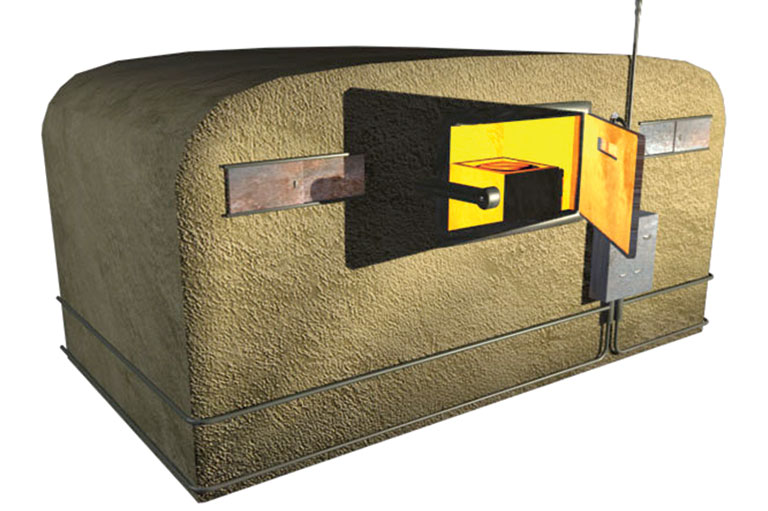
Electric Oven
At a time when ovens used wood or gas for heat, Thomas Ahearn amazed the world by “chaining electricity” and using it to cook a meal! As co-owner of an electrical company in Ottawa, Ontario, he was devoted to promoting the wonders of electricity. In 1892, his electric oven was big news. Made of bricks, it stood six feet high and six feet wide. Two electric heaters provided steady heat, and covered peepholes let Ahearn watch the food inside bake to perfection.
The first meal he cooked was for a high society crowd at the Windsor Hotel. He made 21 dishes, from trout to strawberry puffs, and guests were so impressed that the Windsor Hotel immediately ordered an electric oven for its own use.
In time, people around the world would come to prefer electric ovens for their easy use and their dry, even heat, which is ideal for baking or roasting.
Advertisement
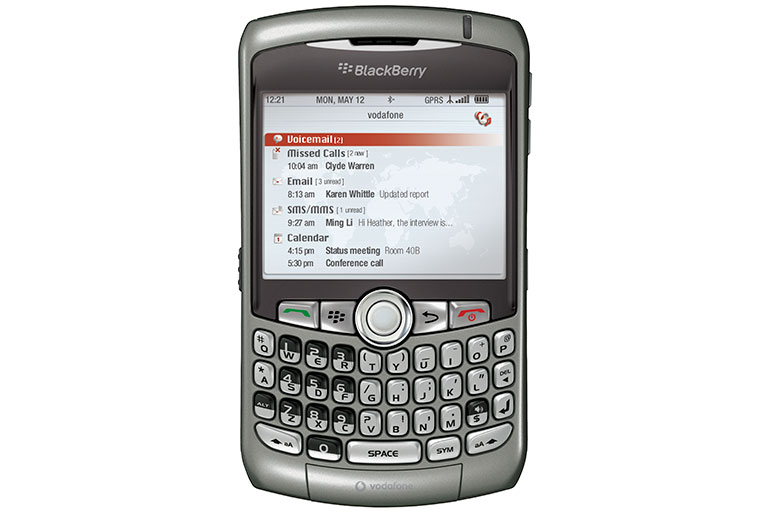
Blackberry
Mike Lazaridis, a Turkish-Canadian raised in Windsor, Ontario, has always loved technology. As a kid he spent countless hours tinkering with radios, telephones, and other gadgets, trying to understand how they worked. When he was in high school, he built his own computer.
In the late 1990s, when he was all grown up, Lazaridis invented a handheld wireless device that would eventually be used to make telephone calls, send and receive emails, and browse the Internet. At first, Lazaridis and his team thought of calling this speedy new device “the StrawBerry,” because the keys on its tiny keypad reminded them of strawberry seeds. But in the end, the device was named after a snappier-sounding fruit: the BlackBerry.
The BlackBerry helps people around the world communicate wirelessly. It has also been a useful communication tool in emergencies when phone lines and power lines are down. In 2010, there were more than 14 million BlackBerry subscribers. Now that’s a popular invention!
Advertisement
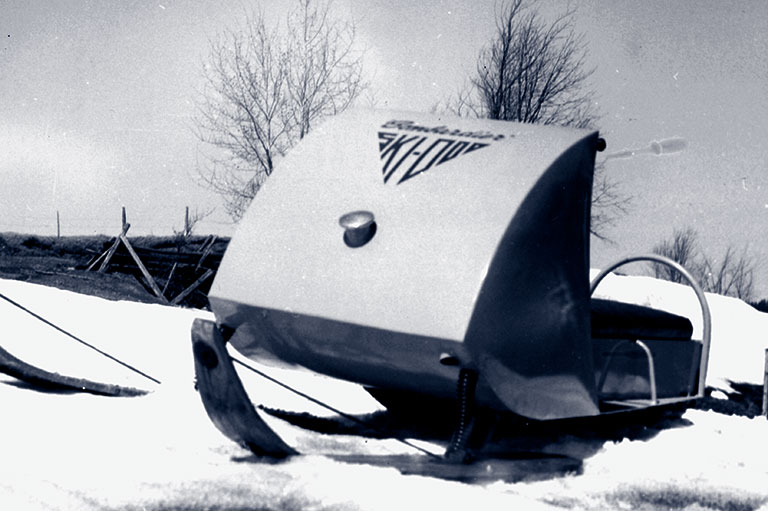
Snowmobile
It was the winter of 1922, and 15-year-old Joseph-Armand Bombardier of Valcourt, Quebec, wanted to find a fast and efficient way to travel over snow. When his father gave him an old car to tinker with, Bombardier took out the engine, bolted it to a sleigh, and attached a propeller. Soon he was racing around his yard in his first snowmobile! Worried that the contraption was too dangerous, his father ordered him to take it apart.
But as the years passed, Bombardier didn’t forget about his invention. In 1934, his two-year-old son died of appendicitis because the family couldn’t get through the snow to a hospital. Bombardier grew more determined to create a safe vehicle that could travel over snow. By 1937, he’d built a seven-person snowmobile called the B-7, and by 1959 he’d created a one-person snow vehicle that came to be known as the “Ski-doo.”
Today, no matter what you call them, snowmobiles get people through the white stuff from here to Antarctica.
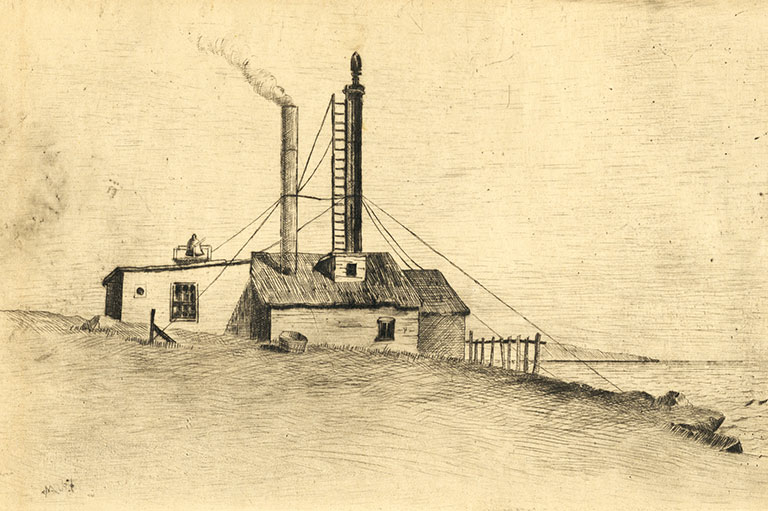
Foghorn
How do ships avoid dangerous spots if captain and crew can’t see a thing? In foggy places like Saint John, New Brunswick, that was a problem until Robert Foulis invented the world’s first steampowered foghorn. It worked much like a teakettle: compressed steam was forced out of a long pipe to produce a loud whistling sound.
Foulis spent six years trying to convince the lighthouse Commission of Saint John to install his foghorn at nearby Partridge Island. It was finally installed in 1859. Soon after, people around the world began to build horns for their own foggy ports. Sadly, Foulis never patented his invention, and he died in poverty in 1866. But the steam-powered foghorn served as a key navigational tool for over a century — until electronic aids became more common.
Advertisement
We hope you’ll help us continue to share fascinating stories about Canada’s past by making a donation to Canada’s History Society today.
We highlight our nation’s diverse past by telling stories that illuminate the people, places, and events that unite us as Canadians, and by making those stories accessible to everyone through our free online content.
We are a registered charity that depends on contributions from readers like you to share inspiring and informative stories with students and citizens of all ages — award-winning stories written by Canada’s top historians, authors, journalists, and history enthusiasts.
Any amount helps, or better yet, start a monthly donation today. Your support makes all the difference. Thank you!
Themes associated with this article
Advertisement
You might also like...

Canada’s History Archive, featuring The Beaver, is now available for your browsing and searching pleasure!

